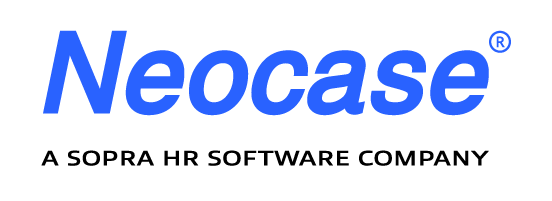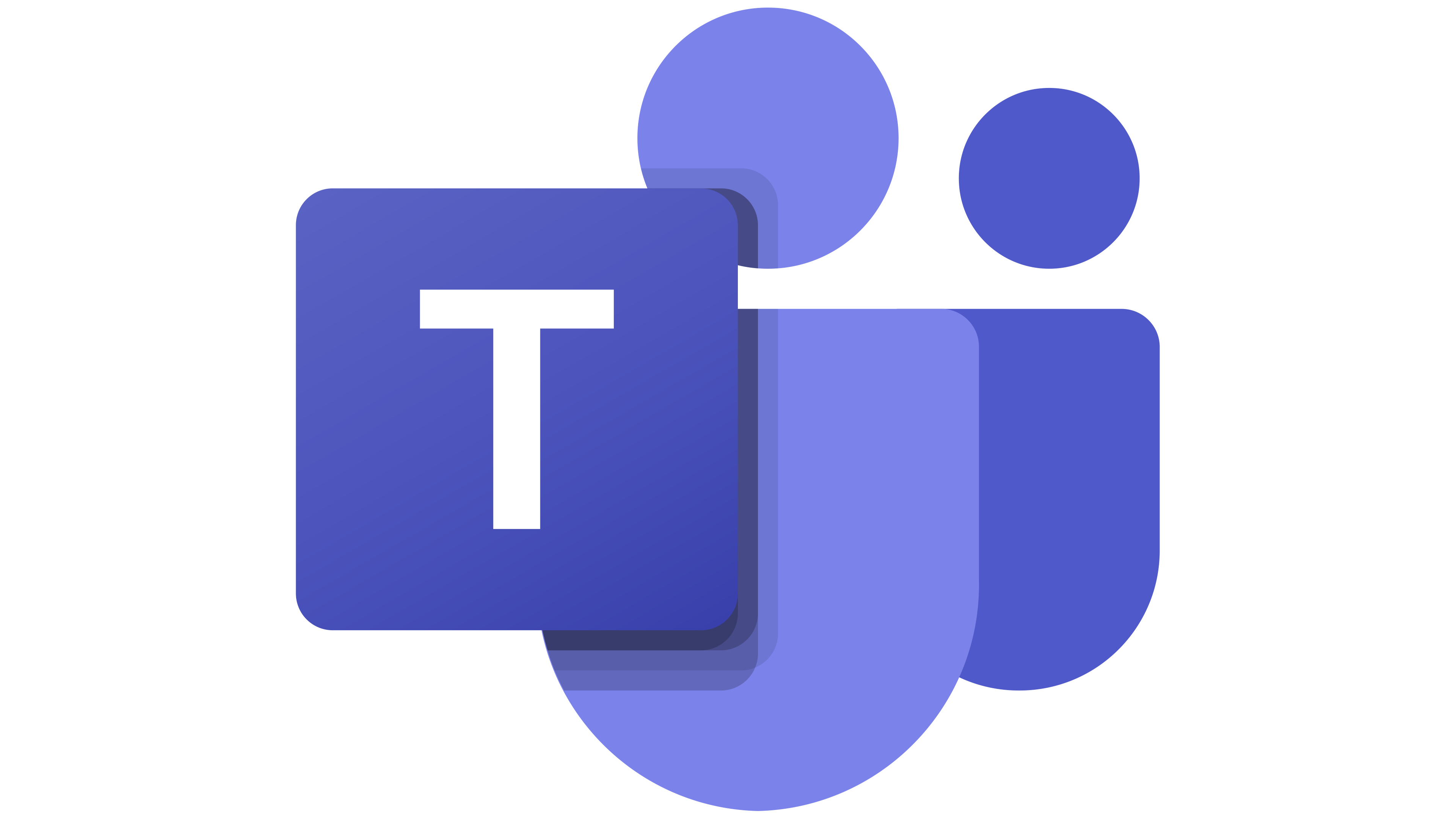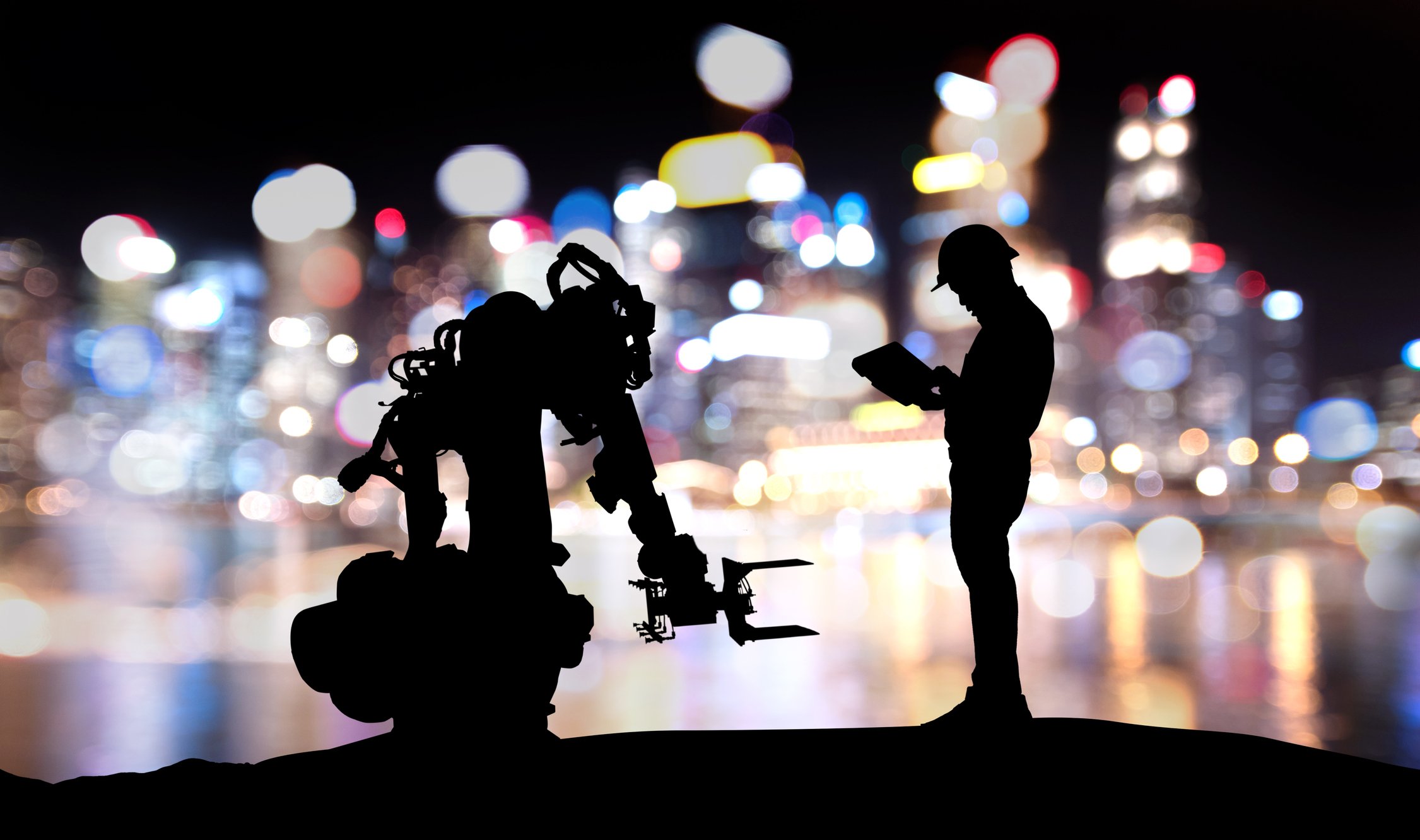The 25th Annual HR Shared Services Summit was recently held in Chicago. I was privileged to moderate four group discussions about the use of bots in HR organizations.
The most interesting part of the discussions was hearing how HR organizations are currently using bots. By far, the most common use is that of a chat bot, used to answer employees' questions.
But after the chat bots, I observed something I didn't expect, given all the hype around AI and machine learning. To explain, let's take a look at the two types of bots that are out there.
Companies are solving simple HR problems with bots
A gentleman in one group was from a retailer that hires about 1,250 new store employees each week. He explained that each employee's first day of work must be entered in the employee record in their HCM system.
During pre-bot days as he described it, every Monday morning an HR professional whom we'll call "Pat" would manually pull a report from the Kronos time system and scan the results for first-time entries of new employees.
When Pat identified a first-timer, he’d go to the HCM system, and manually enter that first date of work for that specific employee. Pat repeated the process another 1,249 times, on average. And he did it for 4 hours every Monday morning. It was a very repetitive process that required a lot of attention to detail - the perfect process for the first type of bot.
Do-What-You're-Told-Bots
As part of an ongoing HR transformation, Pat's company set out to automate low-value processes that required significant HR resources. Pat's time entry process was low-hanging fruit. A bot was created and given the name "Astro." (Most of the participants said they name their bots.)
Astro was given user access to Kronos and the HCM system. Then Astro was configured to analyze the previous days' time entries in Kronos and identify the first-time entries through a defined set of criteria. For each first-time time entry found, Astro automatically enters the corresponding date into the designated field of the employee record in the HCM system.
While the highly-experienced Pat completed the weekly process in just over four hours, Astro did it each day in just a second or two. And Astro never made a mistake. Pat did, given his human tendencies (especially on those Monday mornings following a summer weekend bender at the lake).
Astro worked from a very specific set of instructions and criteria, to automate a data analysis and data entry task. Astro did exactly what he was instructed to do - just like an experienced human that knew how to spot the exceptions, and act accordingly:
- The bot monitors data for a pre-defined event.
- The bot executes a pre-defined action.
For the sake of discussion, let's call these the "Do-as-You're-Told-Bots." They're also called Rule-based bots. They do exactly what they're instructed to do. Nothing more, and nothing less.
Do-What-You-Think-is Best-Bots
The second bot operates on a higher level than the Do-as-You're-Told-Bot. The key difference is that the second bot uses machine learning instead of just rules. At a high level, machine learning is a 4-step process:
- The bot looks at a large set of data.
- The bot identifies patterns within the data.
- The bot accurately predicts behaviors, based on those patterns.
- The bot identifies the appropriate action aligned with the predicted behavior.
But here's the thing - the bot can do those four things really, really fast. And the more data it has to learn from, the smarter it gets. A smarter bot can discern more patterns, predict events more accurately, and increase the precision of actions.
These machine-learning activities is what makes bots capable of doing things that an experienced human could never hope to accomplish. A famous example is Google DeepMind's artificial intelligence program AlphaGo, which defeated China's 18-time champion in the highly-complex game of "Go."
If Astro, who followed a fixed set of instructions, is the "Do-What-You're-Told Bot," it makes sense to call this smarter bot the "Do-What-You-Think-is-Best-Bot," because let's face it - it's smarter than we are, and can make better decisions than we can.
What can a machine learning bot do?
To understand the kind of stuff that these machine learning bots can do, let's look at corporate learning:
Fran is a new-hire. She's watching a series of training videos during her first year with the company. After each video, she answers a series of questions.
In the background, a bot is watching Fran's' responses, and compares those to several years of learning data from the best performing, most engaged employees by role. Based on the patterns it sees, the bot continually tailors Fran's learning program, to increase the likelihood of Fran become a high-performing, highly engaged employee.
The HR process automation gap is wide
OK, so we've covered two different types of bots. Can you guess which is most commonly used among the companies represented at the Shared Services Summit?
It's the Do-What-You're-Told-Bot, by a landslide. In fact, not a single company attending the bot discussion groups has implemented a bot utilizing machine learning. Those organizations are finding plenty of processes that can be automated without AI.
As one delegate advised, "We found that we could automate more than we were, with the systems that we already had. Definitely take a close look at your existing software first."
The bottom line is this:
There's still a lot of basic automation to be done across HR. While machine learning will have an enormous impact in the future, many HR organizations have much to gain, through the simpler "Do what You're Told-Bots."

 Microsoft Teams
Microsoft Teams
 Workday
Workday

